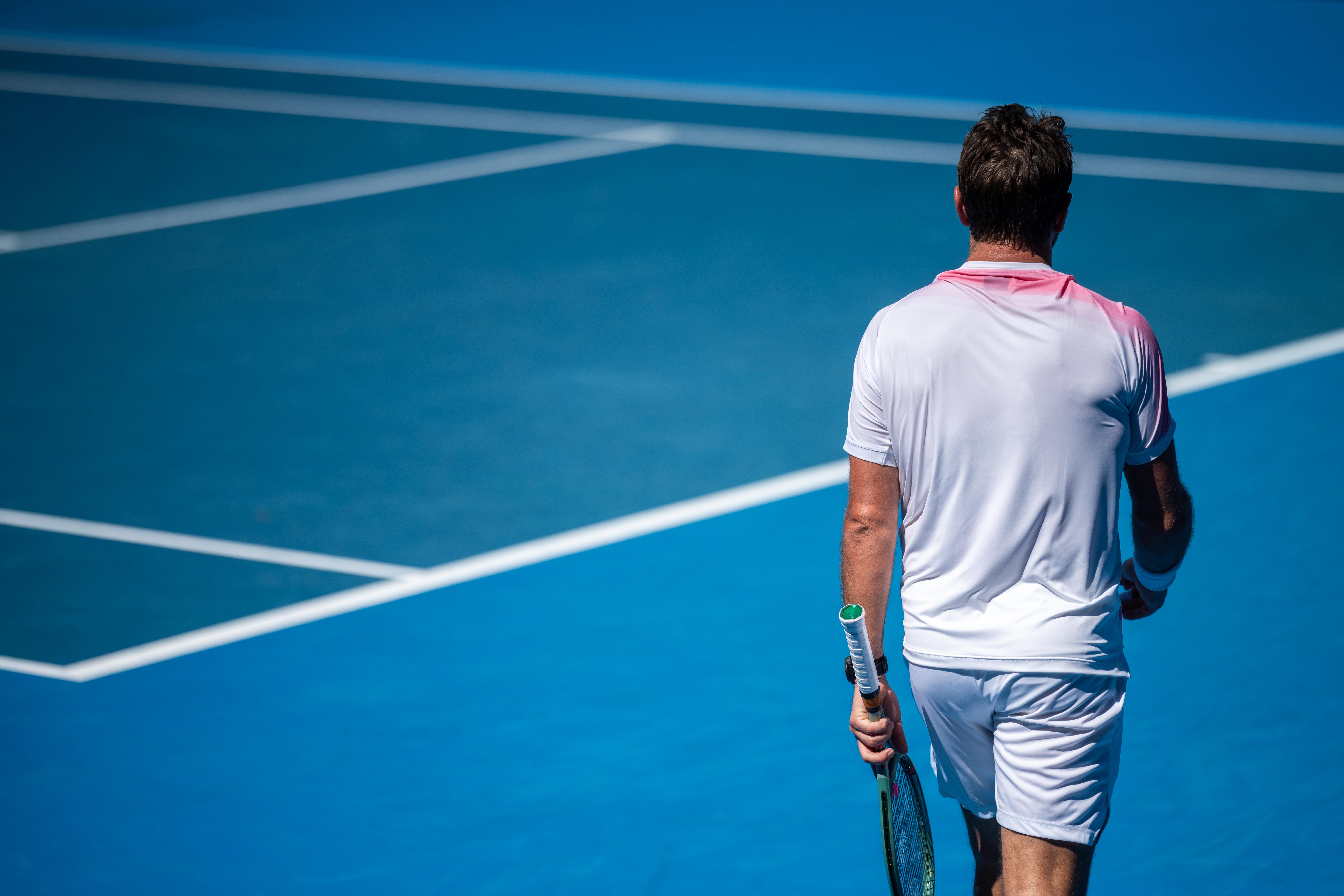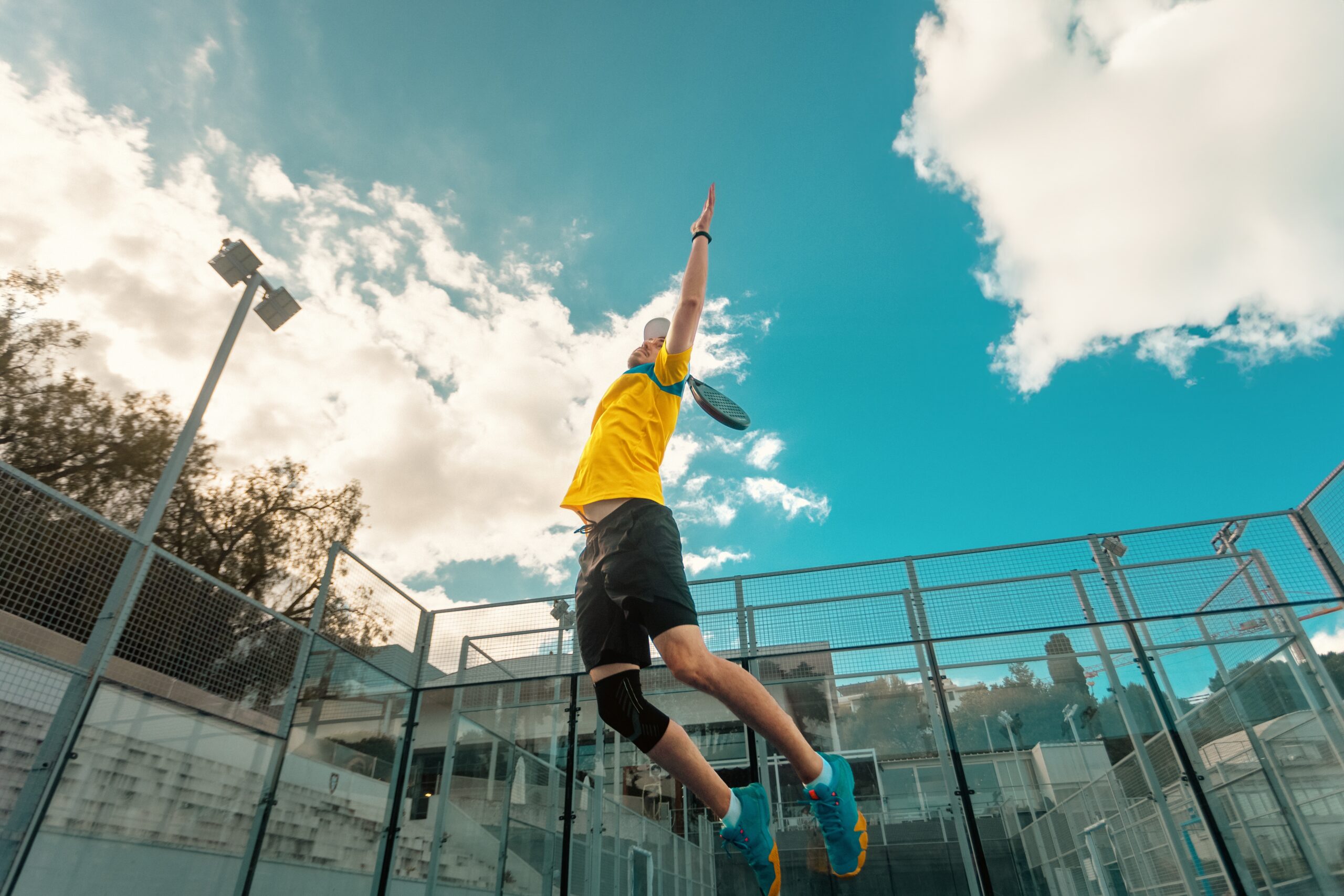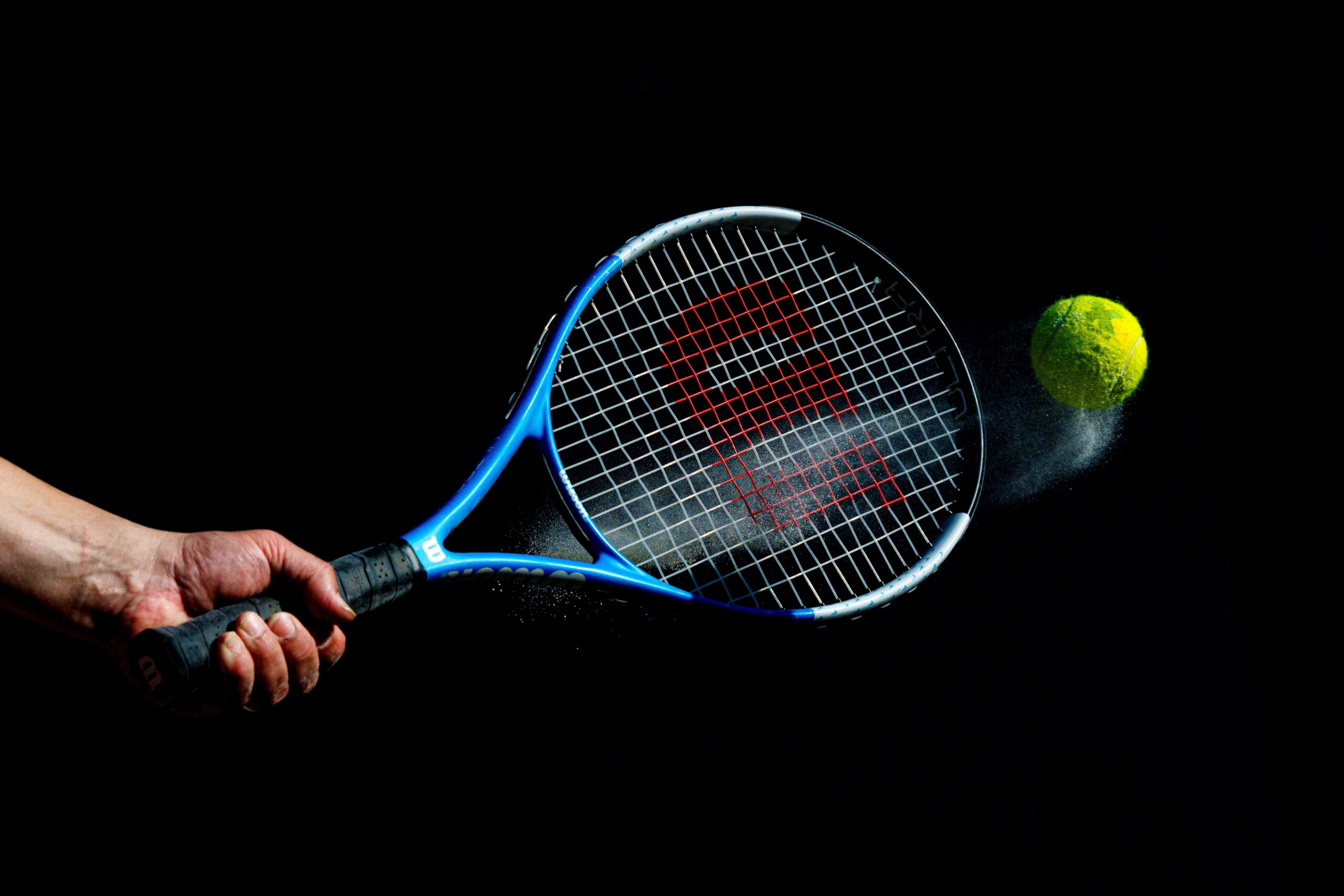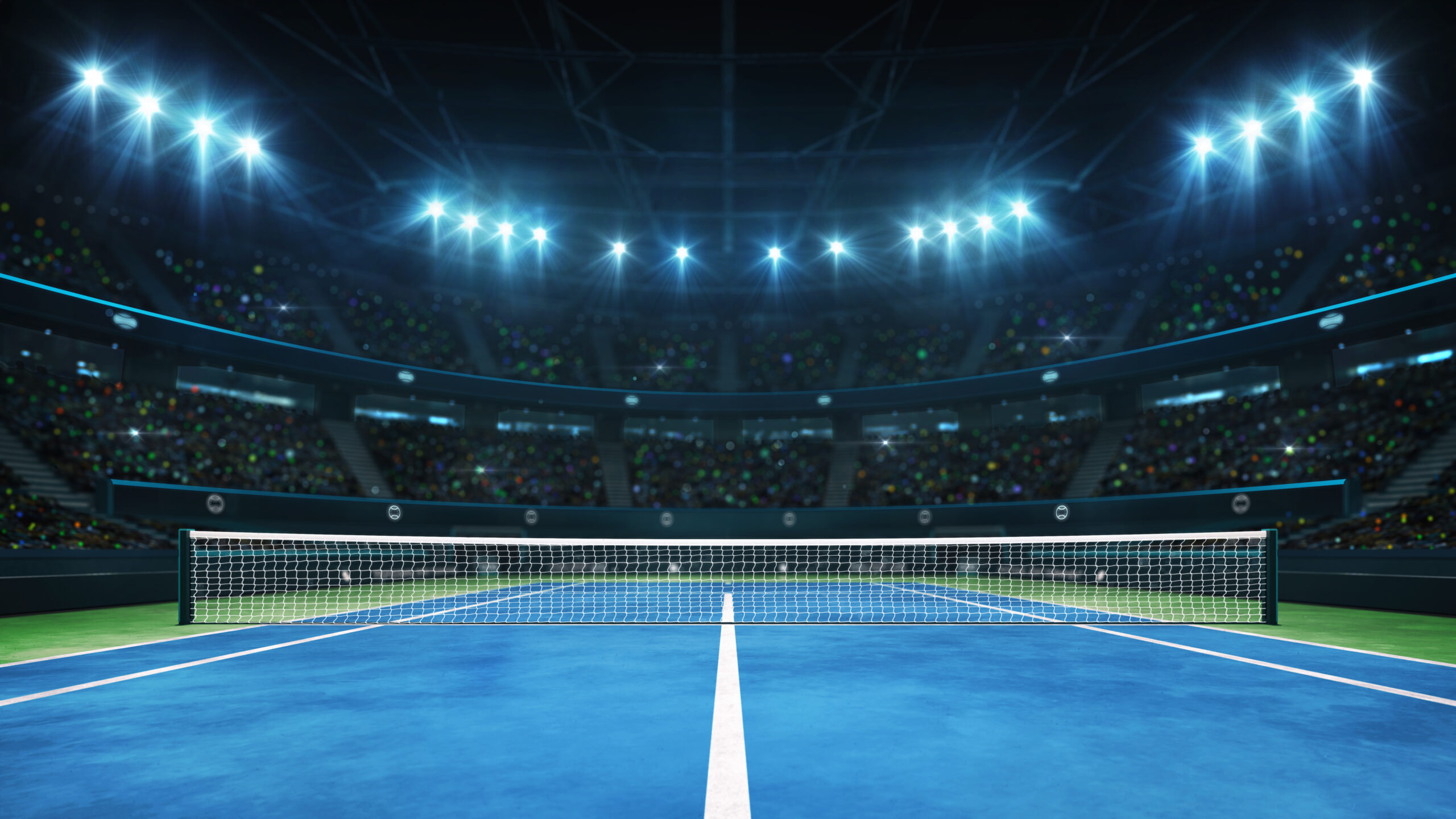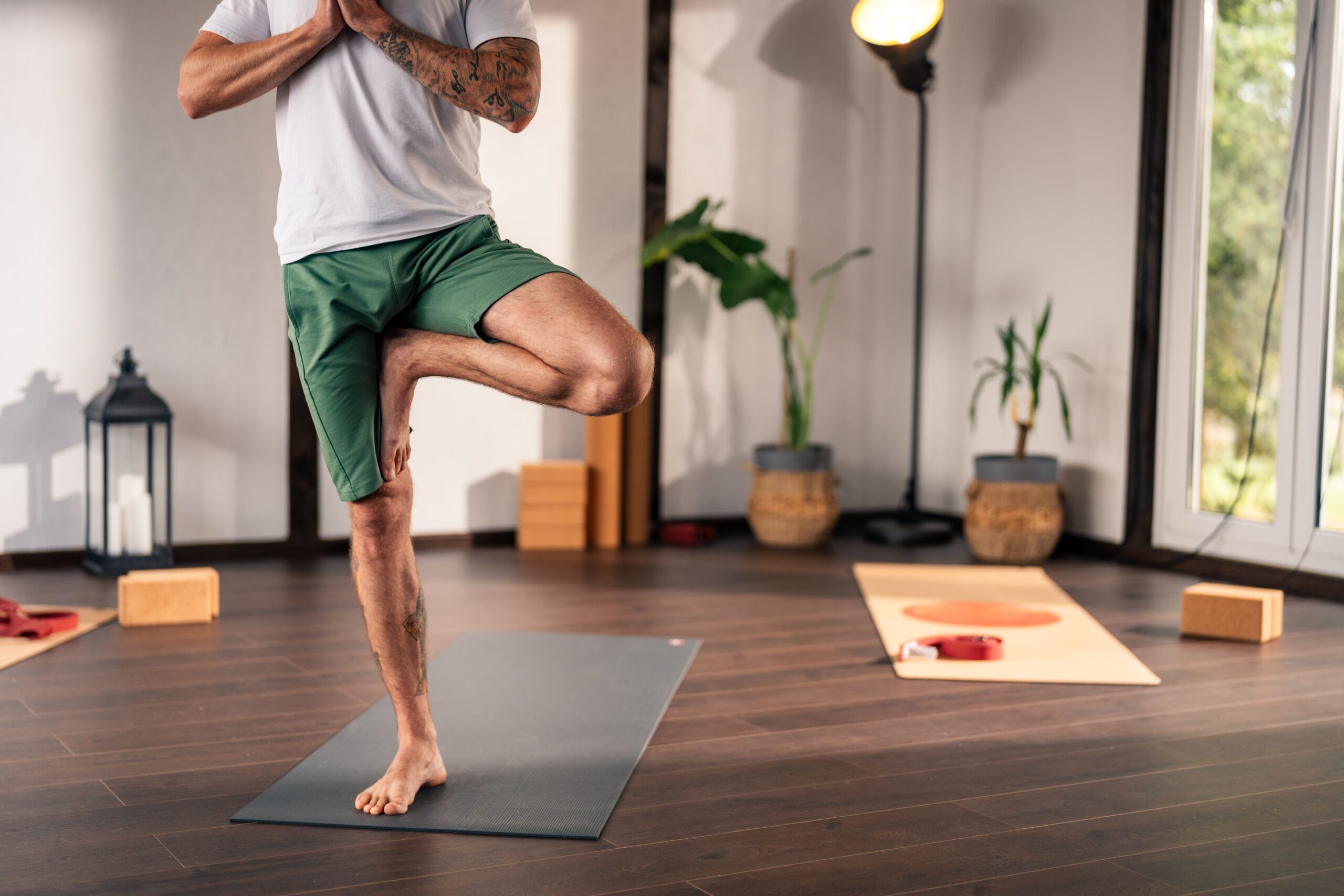Introduction: Tennis Requires More Than Just Hitting Balls
If you’d asked me in my early tennis days what “training” meant, I would’ve said:
“Hit as many balls as possible until my arm falls off.”
And yes — hitting is important. But as I began to take tennis more seriously, I realised something vital:
You don’t become a better player by just playing matches — you become one by training your body to handle them.
Tennis is explosive, multi-directional, and mentally demanding. That means your fitness routine can’t be generic. It needs to be tennis-specific, targeting power, agility, mobility, recovery and endurance.
This blog shares my weekly fitness routine that’s helped me:
- Stay injury-free
- Recover faster
- Move better
- Hit harder
- And stay mentally locked in during long matches
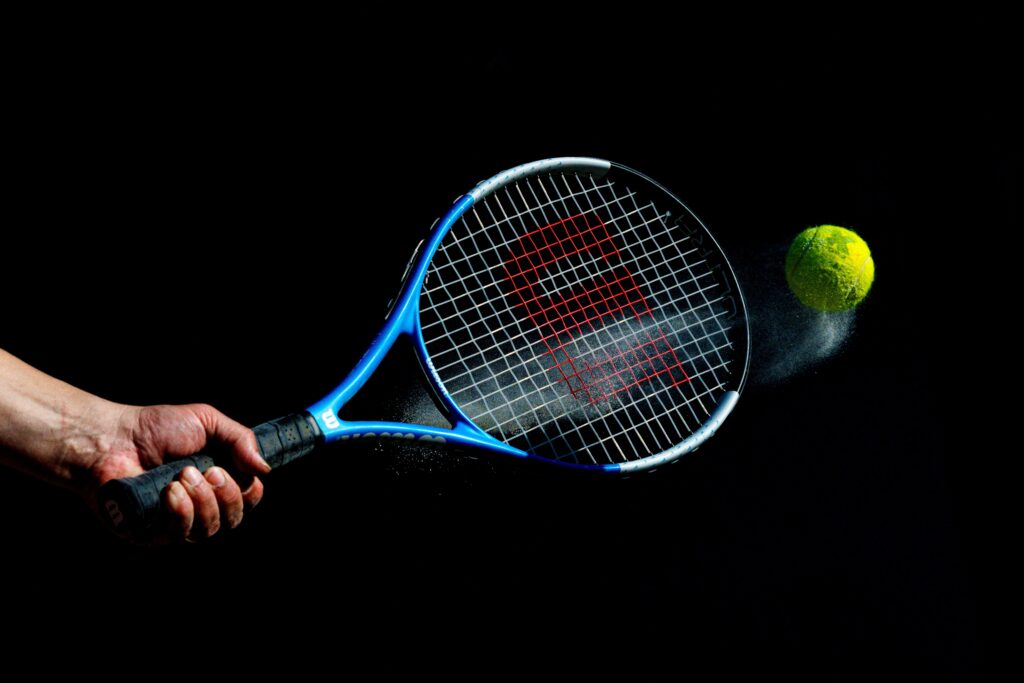
Why Tennis Requires Specific Conditioning
Unlike running or lifting weights, tennis involves:
- Sudden sprints and stops
- Side-to-side movement
- Rotation and balance under pressure
- Explosive power + quick recovery
So, my training had to reflect that.
That meant:
- No more endless bicep curls
- Less long-distance jogging
- More dynamic drills, mobility work, and functional strength
Pavel’s Weekly Tennis-Fitness Routine
Here’s how I break it down each week, balancing on-court training, off-court conditioning, and recovery.
| Day | Focus Area | Duration | Key Activities |
|---|---|---|---|
| Monday | Strength + Core | 60 mins | Full-body lifting + rotational core work |
| Tuesday | On-Court Tennis Drills | 90 mins | Technical + footwork-focused |
| Wednesday | Agility + Speed + Stretch | 45 mins | Ladder drills, cone sprints, mobility routine |
| Thursday | Recovery or Light Hit | 60 mins | Stretching, yoga, or easy hitting |
| Friday | Strength + Power | 60 mins | Explosive lifting + jump training |
| Saturday | Matchplay or Cardio | 90 mins | Practice match or tennis-specific intervals |
| Sunday | Full Rest or Mental Focus | – | Journalling, visualisation, optional stretch |
Monday + Friday: Strength & Core Training
Goals:
- Build functional strength for power
- Prevent injury (especially shoulders, knees, and lower back)
- Improve rotational force for groundstrokes
Example Circuit (3 rounds):
- Goblet Squats (8–10 reps)
- Dumbbell Split Lunges (6 reps/side)
- Deadlifts (progressive load)
- Overhead Medicine Ball Slams (10 reps)
- Pallof Press (core anti-rotation)
- Hanging Leg Raises (10–12 reps)
I focus on form, not max weight — stability matters more than size.
Wednesday: Agility, Footwork & Mobility
Tennis Footwork Circuit:
- Speed ladder: In-and-out, side steps, Ickey shuffle
- Cone drills: Box drill, figure-8, 4-point reaction
- Band-resisted shuffle sprints
- Lateral bounds (for knee strength and court coverage)
Mobility Focus:
- Dynamic stretches before
- Hip openers, ankle work, and thoracic spine rotations after
This is where most of my movement gains have come from — agility beats brute speed in tennis.
Saturday: Match Conditioning or Cardio Intervals
When I don’t have a match, I train like I do.
Tennis Court Intervals:
- Sprint baseline to net and recover
- Serve, sprint, side-shuffle, recover
- 30/30 intervals (30 sec effort, 30 sec rest) for 6–8 sets
Why it works:
- Mimics real match movement patterns
- Builds endurance without the monotony of long runs
- Teaches my body to recover fast between points
It’s hard. But it works. And it’s helped me close out tight sets instead of fading.
Recovery Days: The Silent Hero
Recovery isn’t laziness — it’s a training strategy.
What I include:
- Active stretching
- Foam rolling
- Yoga (20–30 mins — even a YouTube video helps!)
- Journalling match thoughts or setting weekly goals
- Hydration + extra sleep
Sometimes the best gains happen on days you don’t break a sweat.
Pavel’s Top 5 Fitness Rules for Tennis Players
- Train movement, not muscles — because tennis is dynamic, not isolated
- Never skip mobility work — your body will thank you at 4–4 in the second set
- Build strength slowly — power comes from control
- Recovery = progress — don’t overtrain out of ego
- Consistency wins — one great session won’t fix a month of skipping
Final Thoughts: Train Like a Player, Not a Gym Hero
Tennis is a game of movement, precision, and stamina — and your fitness needs to reflect that.
The stronger, faster, and more mobile I became — the calmer, more confident, and more efficient I felt on court.
So whether you’re just starting out or looking to go from recreational to competitive:
Don’t just hit more balls. Train the body that hits them.


